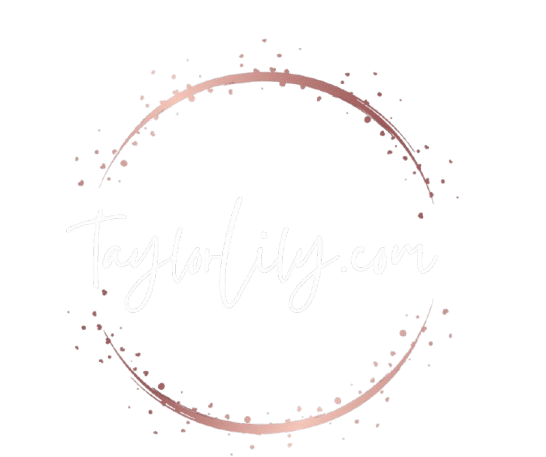Data Fabric vs Microsoft FabricHey there, Im Lilly, a 24-year-old programmer and blogger! You might be wondering, Whats the difference between data fabric and Microsoft Fabric Well, youre not alone. This question pops up quite often in tech discussions because, lets be real, navigating the world of data architecture can feel like trying to find your way out of a labyrinth. Both terms refer to ways of managing data, but they cater to different needs and approaches.So, why should you care about this If youre like many tech enthusiasts or business professionals, youre likely searching for solutions that make your data handling easier, more efficient, and ultimately more beneficial for your projects or organizations. Lets break it down, shall we Data Fabric Think of data fabric as a cohesive layer that connects various data sources across your organization. Its all about integration and ensuring that data flows seamlessly, regardless of where it residesbe it on-premises, in the cloud, or at the edge. This approach allows for faster insights and better decision-making. Microsoft Fabric Now, when we talk about Microsoft Fabric, were diving into a specific product from Microsoft that embodies the principles of data fabric but comes with its own unique set of tools and services. It integrates various data services into one platform, which helps simplify the data lifecycle management from ingestion to visualization. Microsoft Fabric is designed to work seamlessly within the Microsoft ecosystem, making it a go-to for businesses already invested in Microsoft technologies. Use Case Scenarios Imagine a retail company facing challenges with managing data from multiple sources like sales, inventory, and customer feedback. A data fabric solution could help them integrate these disparate data streams for a unified view. Conversely, if the same company primarily uses Microsoft tools like Azure, Power BI, or SQL Server, Microsoft Fabric would offer a tailored experience, allowing them to utilize familiar tools while managing their data efficiently. Flexibility vs. Specificity Data fabric approaches tend to be more flexible, allowing for a broader range of integrations. In contrast, Microsoft Fabric is somewhat more prescriptive, optimized for environments that are already using Microsoft products, which can be a big plus if youre in that ecosystem.Now, onto something a bit personal. If you found this post helpful and it sparked a lightbulb moment for you, Id really appreciate it if you could do me a solid and buy me a coffee! Check out my GoFundMe page. Your support can be the magic ingredient in the recipe of my life, or maybe even a mini aromatherapy diffuser with essential oils to create a calming atmosphere while I churn out more blogs like this. Writing takes time, and every bit helps keep things running smoothly while I share value with you!Lets face it I graduated from Northwestern, and yes, Im still paying off that degree! My friend Taylor and I started this blog not just to share knowledge but also to make a positive impact in the world. Born in South Korea and raised in Seattle, the Pacific Northwest has shaped a lot of who I am today. I mix tech with a sprinkle of fashion and a dash of gaming (yes, I play COD), all while reflecting that fun Gen vibe you see in online culture. You can also catch me on Instagram, YouTube, and TikTok for more of my adventures!So, whether youre considering implementing a data fabric approach or diving into Microsoft Fabric, I hope this helps clarify things a bit. Remember, your contribution, even just a dollar, can go a long way in helping me continue this journey. Thanks for reading!This blog post maintains a casual and personal tone while clearly defining the differences between data fabric and Microsoft Fabric. The structure allows for easy reading, and the inclusion of actionable insights and a call to action encourages reader support.

Tech
coherent data fabric – TaylorLilly.com
Discover the power of a coherent data fabric, a unified platform that integrates data from multiple sources, enabling realtime insights and improved decisionmaking








